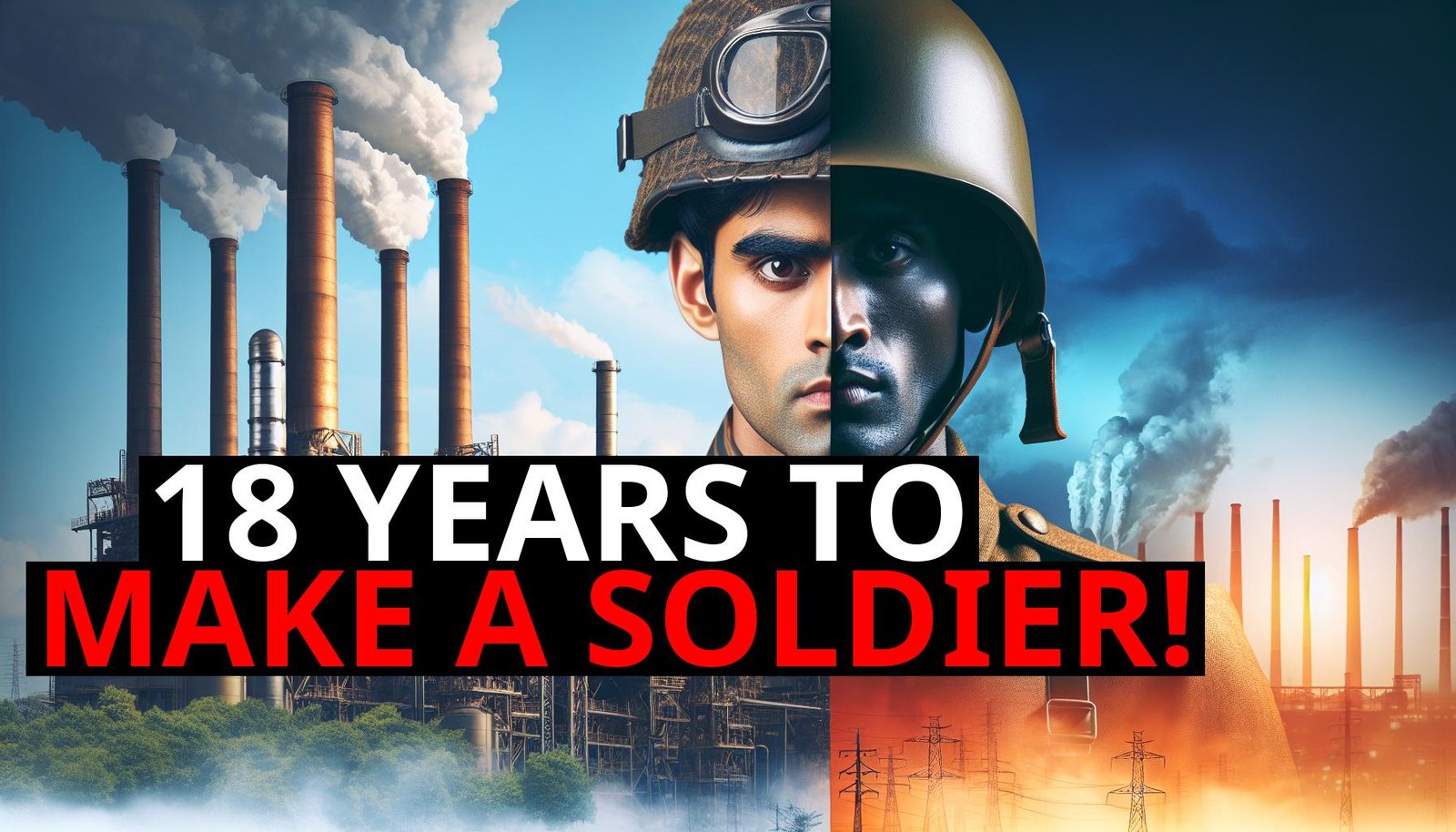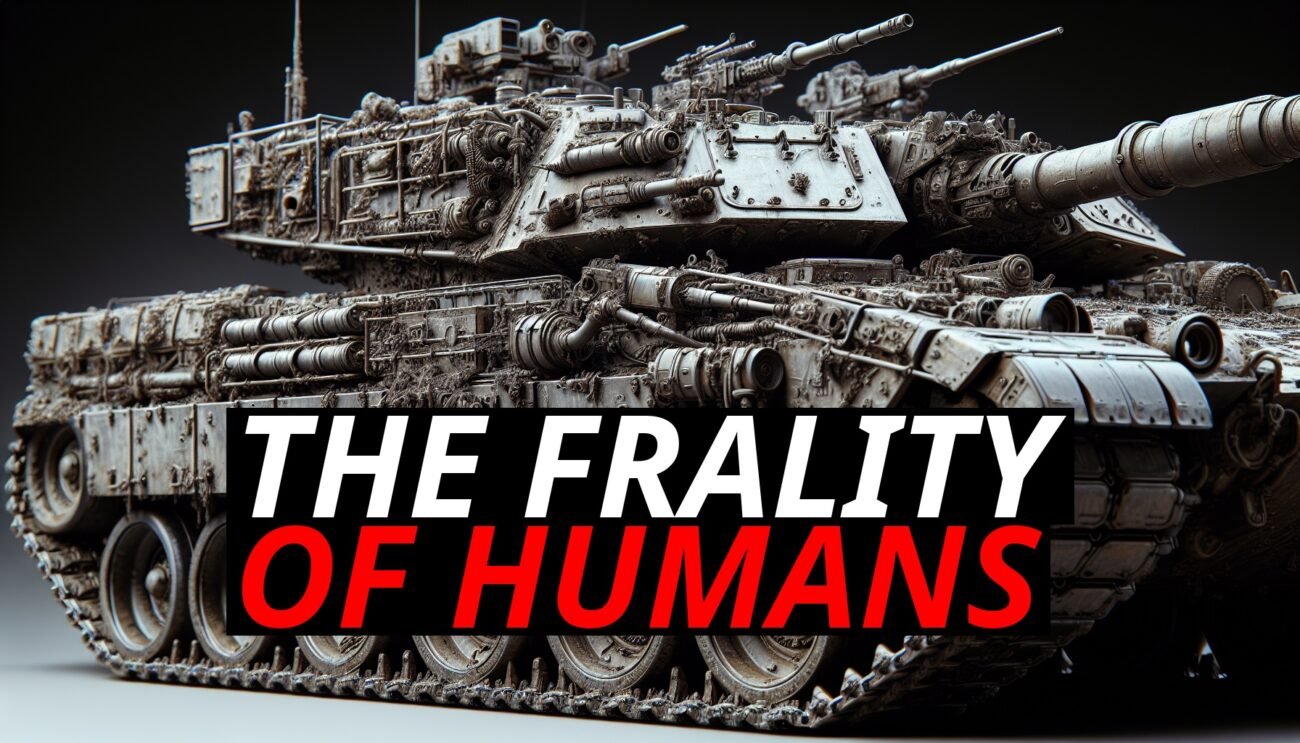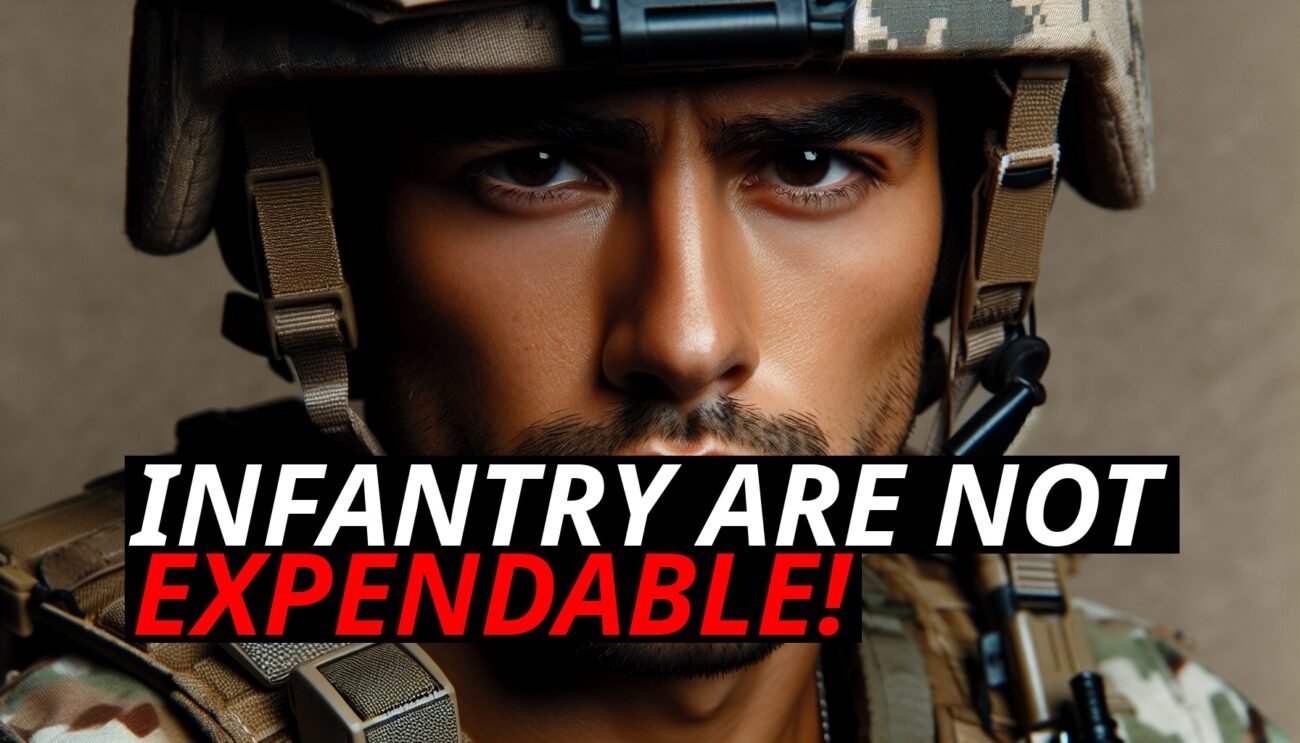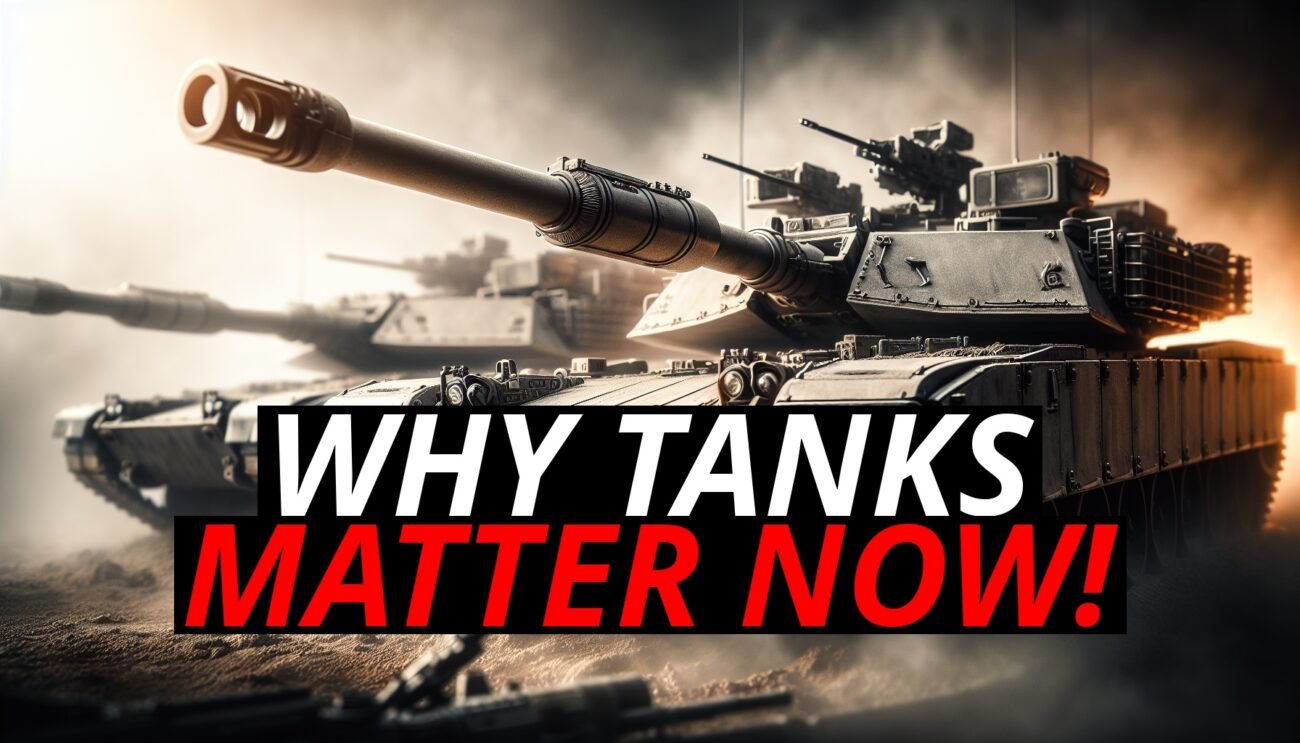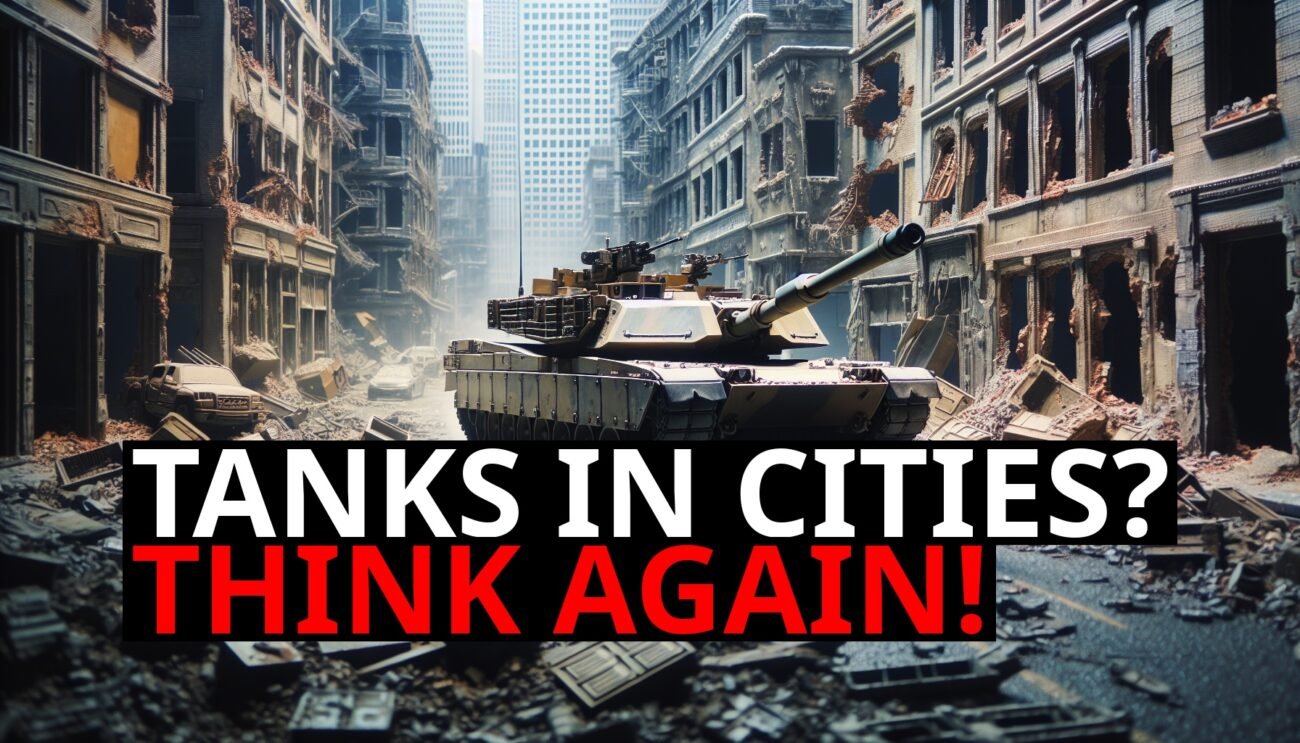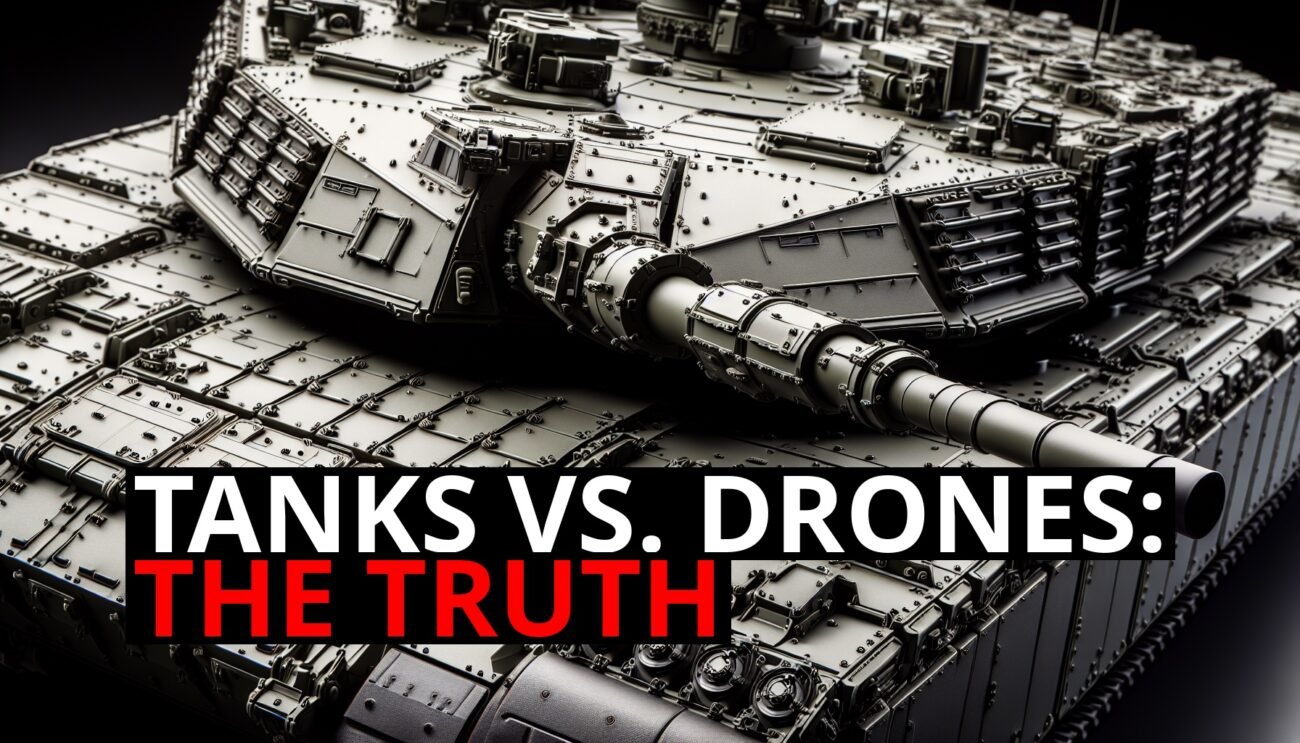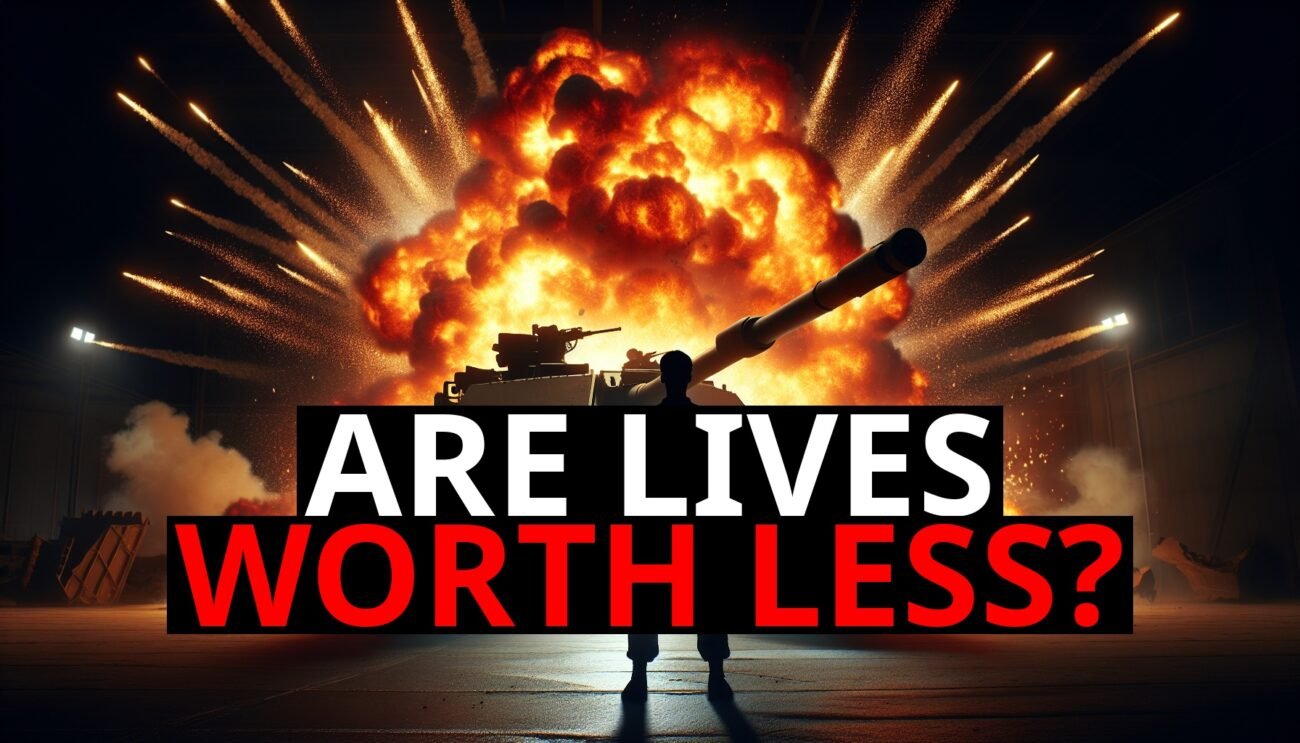The Economic Reality Of Human Capital Vs. Military Hardware
Understanding the dynamic between human capital and military hardware is crucial for comprehending modern military strategies and historical conflicts. Let’s explore why preserving human capital and investing in military hardware can determine the outcome of wars.
The Importance Of Human Capital
During World War II, all sides faced a significant shortage of personnel, not equipment. The starkest example was the USSR, which by 1944 was running dangerously low on young men. Despite this, the Soviet Union continued to mass-produce T-34 tanks well into the 1950s. This ability to produce hardware on an industrial scale while struggling to replace human losses highlights the fundamental economic reality of war.
– Irreplaceable Investment: Soldiers represent years of investment in training, education, and experience. When a soldier is killed or wounded, the cost is multifaceted, including immediate loss, long-term financial burden of medical care, disability support, and the emotional impact on families and communities.
– Economic Contribution: Every soldier also represents a potential worker in civilian life. Losing them to war means losing valuable skills and contributions to the economy.
The Role Of Military Hardware
Military hardware, such as tanks and other armored vehicles, while initially expensive, can be mass-produced, repaired, and replaced relatively quickly.
– Battlefield Dynamics: Infantry are highly vulnerable to modern weaponry. Mortars, autocannons, and airburst munitions can easily decimate infantry units, resulting in extensive resource loss spent on their training and upkeep.
– Durability and Repair: Tanks are built to withstand heavy fire and protect their crews. Even when damaged, tanks can often be repaired and returned to service, preserving both the equipment and the lives of the crew.
– Force Multipliers: Tanks allow fewer soldiers to achieve greater strategic objectives, reducing the need for large numbers of infantry and thus minimizing casualties. This efficiency saves lives and lowers long-term costs associated with medical care, training, and loss of economic productivity.
Lessons From World War Ii
World War II serves as a historical lesson. All sides had more equipment than they could man effectively. The Germans, Americans, and Soviets all faced critical shortages of trained personnel, leading to hastily trained replacements with limited effectiveness. The USSR’s ability to continue producing T-34 tanks, even as they ran out of young men to operate them, underscores the replaceability of hardware and the irreplaceability of human life.
Modern Warfare Implications
In modern warfare, this lesson remains relevant. Investing in advanced military hardware like tanks, drones, and automated systems helps protect human capital by reducing the number of soldiers needed on the front lines. These investments allow for a more strategic allocation of human resources, focusing on areas where human ingenuity and decision-making are irreplaceable.
Conclusion
The economic reality of war is that human capital is far more valuable and harder to replace than military hardware. Tanks and other equipment can be mass-produced and repaired, but the loss of trained, experienced soldiers has a lasting and profound impact on both the military and society. By investing in military hardware, we enhance our combat capabilities and preserve the invaluable human resources that are the true backbone of any military force.
Share Your Thoughts
What do you think about the balance between human capital and military hardware in contemporary conflicts? Share your thoughts in the comments below. If you found this analysis insightful, share this article with your friends and family. Let’s spread the word about the importance of strategic military investments that save lives and money.

